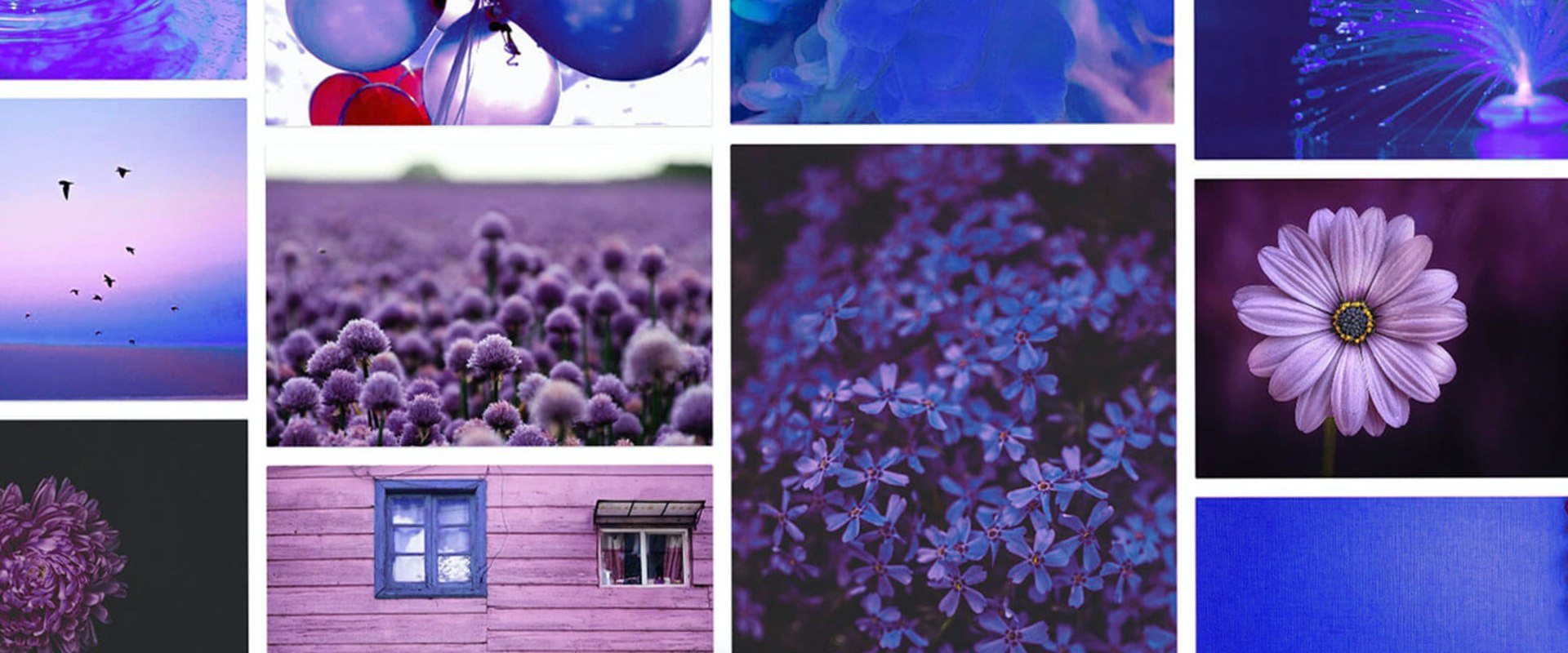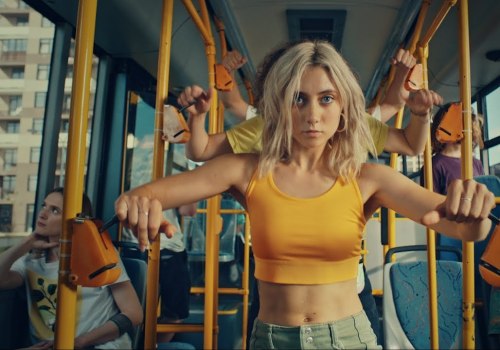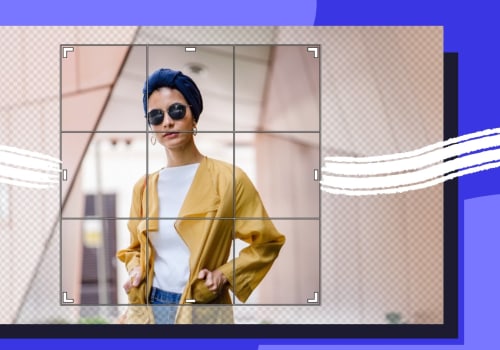Are you struggling to get your images to rank higher on search engines? Look no further, because this article will provide you with all the tips and tricks you need to optimize your image alt text for free stock images. In today's digital age, using images is an essential part of any successful website or online business. However, simply inserting an image into your website is not enough. You need to ensure that your image alt text is optimized for SEO in order to improve your website's search engine rankings.
In this article, we will discuss the importance of using free stock images, as well as techniques for optimizing your image alt text to attract more traffic to your website. So, if you want to improve your website's SEO and attract more visitors, keep reading and learn how to effectively optimize your image alt text for free stock images!When it comes to using free stock images, it's important to understand the search intent of people looking for these images. Most often, they are looking for high quality images that they can use without having to pay for them. This means that the images should be visually appealing and relevant to their purpose. In addition to this, users may also be searching for a variety of options and sources when it comes to free stock images.
Some may be looking for public domain images, while others may be searching for free stock photo websites. With that in mind, it's important to optimize your image alt text to meet these needs.
Image alt text optimization
plays a crucial role in not only improving your SEO, but also ensuring that your images are accessible to all users, including those with visual impairments. Alt text is used to describe an image for people who are unable to see it. This could be due to slow internet connection, technical issues, or visual impairments.By providing accurate and descriptive alt text, you can ensure that your images are still understood and appreciated by all users.
How to optimize your image alt text
1.Use descriptive and relevant keywords: When writing alt text, make sure to use keywords that accurately describe the image and its context. This will not only help with SEO, but also provide a clear understanding of the image for visually impaired users.2.Keep it concise: Alt text should be brief and to the point. Avoid using long sentences or paragraphs as this can be overwhelming for users who rely on screen readers.3.Don't stuff keywords: While using relevant keywords is important, avoid stuffing them into your alt text. This not only looks spammy, but can also confuse screen readers and affect the accessibility of your images.4.Be specific: If you have multiple images on a page, make sure to use unique and descriptive alt text for each one.This will provide a better understanding of the image and its purpose, rather than using generic alt text for all images.5.Use proper punctuation: When writing alt text, it's important to use proper punctuation. This not only makes the text easier to read for screen readers, but also improves the overall accessibility of your images.
In conclusion
Optimizing your image alt text for free stock images is an important aspect of SEO and accessibility. By understanding the search intent of users looking for these images and following these tips, you can ensure that your images are not only visually appealing, but also accessible to all users. So next time you're using free stock images, don't forget to optimize your alt text for maximum impact.Why Image Alt Text Matters
Before we get into the optimization process, let's first understand why image alt text is important.It serves as an alternative description for your image, allowing search engines to better understand what your image is about and rank it accordingly. Moreover, it also helps visually impaired users who rely on screen readers to understand the content of an image.
Avoid Keyword Stuffing
While using relevant keywords is important, it's equally crucial to avoid keyword stuffing. This means using excessive and irrelevant keywords in your alt text, which can negatively affect your SEO. Stick to a concise and accurate description of your image that also includes your main keywords.Relevant and Descriptive Keywords
When optimizing your image alt text, make sure to use relevant and descriptive keywords that accurately describe your image. This not only helps with SEO but also ensures that the right audience is attracted to your website.For example, if you are using an image of a dog, instead of using a generic alt text like 'dog', you can be more specific and use 'golden retriever playing fetch'.
Include Alt Text for All Images
Don't forget to include alt text for all the images on your website, not just the ones you think are important. Every image contributes to the overall SEO of your website, so make sure to optimize them all. Use HTML structure with image alt text optimization only for main keywords and image alt text for paragraphs, do not use "newline character"By now, you should have a good understanding of how to optimize your image alt text for free stock images. Remember to use relevant and descriptive keywords, avoid keyword stuffing, and include alt text for all images.This will not only help with your SEO but also improve the accessibility of your website.












